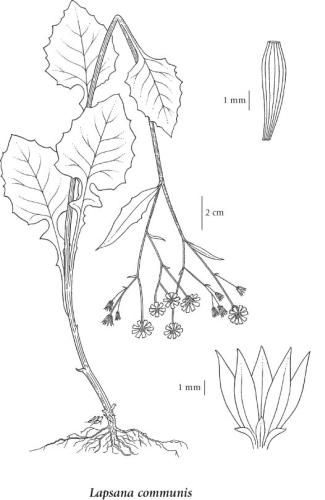E-Flora BC: Electronic Atlas of the Flora of British Columbia
Lapsana communis L.
nipplewort (common nipplewort) Asteraceae (Aster family) Introduction to Vascular Plants
|
|||||||||||||||||||||||||||||||||||||||||||||||||||||||||||
